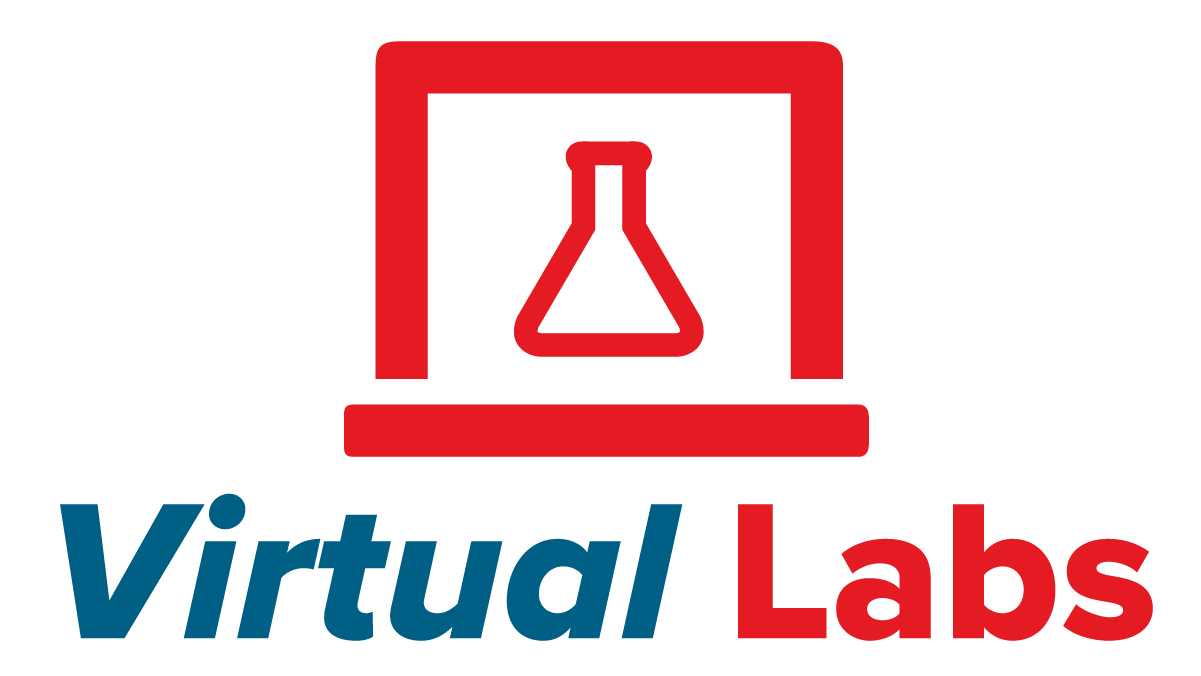My Account Details
Covid Relief Funding: What you need to know
The federal government has provided billions of dollars in relief funding to K–12 school districts and institutions of higher education through the Education Stabilization Fund (ESF), which Congress created to help educational entities respond to the COVID-19 pandemic. The ESF includes three separate funds:
- Governor's Emergency Education Relief (GEER) Fund: Provides funding to Governors to use for K–12 school districts, institutions of higher education, and other educational entities within their states.
- Elementary and Secondary School Emergency Relief (ESSER) Fund: Provides funding to school districts, through their state educational agencies, to respond to the needs of K–12 schools as a result of the pandemic. The ESSER I obligation deadline is September 30, 2022. Districts will have 120 days after that date to complete liquidation of obligated expenses.
- Emergency Assistance to Non-Public School (EANS) Fund: Provides services and assistance to eligible non-public schools to address disruptions in education delivery caused by the pandemic. The Department of Education awards EANS funds by formula to governors who have approved certifications and agreements.
- Higher Education Emergency Relief (HEER) Fund: Provides funding to institutions of higher education that can be used for institutional costs related to the pandemic and emergency financial aid grants for students.
The Department of Education sent the first infusion of ESF funding in spring 2020 as part of the CARES Act. The second round of funds arrived in early 2021 as part of the year-end package Congress passed at the end of 2020. The third and largest allotment of funding for the ESF was approved by President Biden as part of the American Rescue Plan in March 2021.
Education technology and learning materials are eligible uses of funding under all three ESF funds. If you have questions about how you can use these funds to meet your school district or university's digital learning needs, we are here to help!
Additional Resources:
How much CARES Act I funding is available to your state and institution?
Look up the CARES Act II funding allocated to for-profit colleges here and non-profit institutions of higher education here.
Cares Act: Education Stabilization Fund: What you need to know (PDF)
COVID-Related Funding Update: A Guide to CRSSA and ARPA Funds (PDF)
Webinar Recording: "Clearing a Path Through the Federal Funding Landscape"
NEA's Guide to Federal Emergency Aid Amounts, Uses, and Requirements
NCSL's Elementary and Secondary School Emergency Relief Fund Tracker

